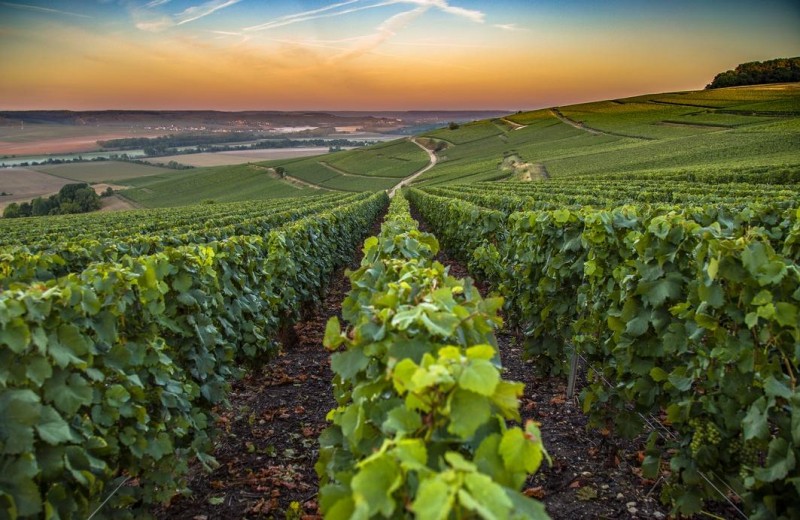Celebrating 10 Years of Champagne as a UNESCO World Heritage Site
As Coco Chanel famously said, “I only drink Champagne on two occasions: when I am in love and when I am not.”
This year marks the 10th anniversary of the Champagne region in northeast France becoming a UNESCO World Heritage site. If you haven’t had the chance to visit its charming villages, vineyards, and Champagne houses, now is the perfect time!
On July 4, 2025, there will be a grand celebration in Champillon, in the heart of the historic Champagne hillsides. Expect a picnic, music, dancing, and a birthday cake to celebrate this momentous occasion. The festivities will continue throughout the month, honoring the world’s most prestigious sparkling wine.
Join the celebration on July 14, 2025, along the Avenue de Champagne in Epernay, where there will be a picnic, toasts, a party, and fireworks. Then, on July 19, enjoy a picnic concert at the Parc de Champagne in Reims, featuring the Flâneries Musicales.
Book your vacation in MWR LIFE and experience the magic of Champagne at sunrise. Don’t miss out on this unforgettable celebration in one of the most picturesque regions in France!

Here’s a simplified, optimized version of your text, with formatting, new style, and keywords highlighted:
What Makes Champagne Unique?
Champagne is special because it only comes from the Champagne region in France. This wine has a protected status (AOC – Appellation d’Origine Contrôlée), which is officially recognized in over 130 countries. Oddly, the United States is not one of them.
The region tightly controls production. A dedicated committee oversees everything:
— Grape cultivation
— Harvest timing
— Annual sales limits
Since 1941, the CIVC (Comité Interprofessionnel du Vin de Champagne) has managed these processes. The CIVC:
— Represents both Champagne houses and local growers
— Tracks all wine transactions
— Monitors the movement of every bottle
— Manages wine reserves
— Protects against counterfeit Champagne
These strict regulations help maintain Champagne’s quality, reputation, and authenticity worldwide.
Editorr is a platform designed to elevate your writing by simplifying text, restructuring paragraphs, and optimizing for clarity. Get instant feedback and real-time corrections from qualified editors to transform your work into a compelling and optimized narrative.
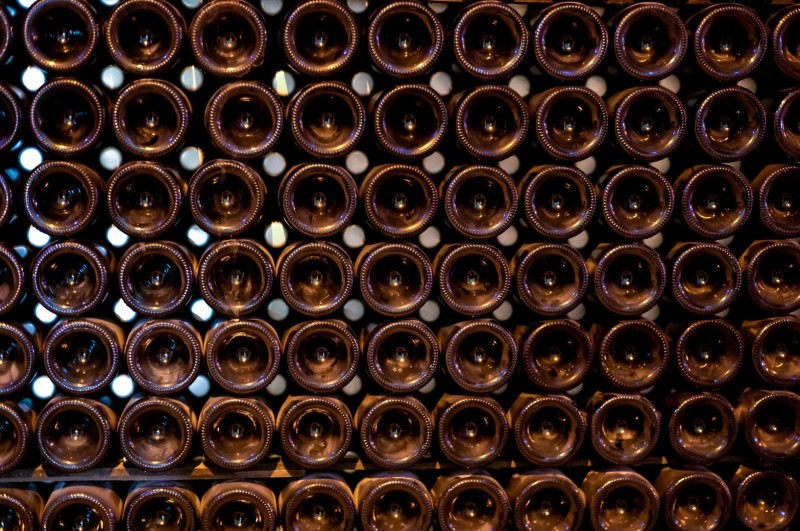
Champagne grand cru sparkling wine production in bottles in rows in dark underground cellars, Reims, Champagne, France
But Champagne is not just simply prized and enjoyed thanks to the efforts of the Comité but because of the unique qualities of the actual product itself, created every year by over 16,000 winegrowers from grapes harvested by hand by 120,000 pickers.
The cool climate and unique terroir (chalk soil) where the three main grape varieties are grown (Pinot noir, Chardonnay, Meunier) contribute to the wine’s unique flavors. Champagne has long been associated with special occasions, joyful moments, success and positivity. As Charles Dickens said: “Champagne is one of the elegant extras in life.”
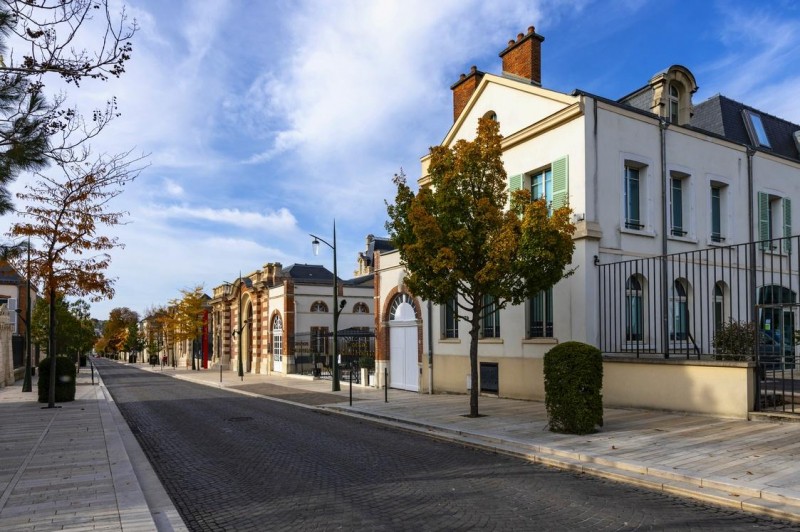
View of the Avenue de Champagne, Épernay, France
The wine of Kings and the King of wines
Discover the Rich History of Champagne
Champagne’s vineyards date back to Roman times, with some planting as early as the 5th century. From 816 to 1825, French royalty was crowned in Reims Cathedral, where Champagne was the drink of choice for coronation banquets. It became a tradition to gift Champagne to visiting royalty.
British Royalty and Champagne
Since the 17th century, British royalty has enjoyed Champagne, starting with King Charles II. Later, Queen Victoria granted royal warrants to Champagne producers. As a result, Champagne became known as the «wine of Kings and the King of wines.»
Champagne’s Legacy
By the 20th century, Champagne’s status was solidified, with even Winston Churchill famously saying, «Remember gentlemen, it’s not just France we are fighting for, it’s Champagne.»
Modern Champagne Culture
Today, the UK is Champagne’s second-largest export market (after the United States). While Champagne was once a drink reserved for royalty, it is now enjoyed in most households in the Champagne region. Champagne makers often refer to it as “vin de pays”, meaning it’s an easy-drinking wine, perfect for any occasion.
Plan Your Next Champagne Getaway
Why not experience the history and culture of Champagne firsthand? Book your vacation with MWR LIFE today, and immerse yourself in the world of sparkling wines and royal tradition.
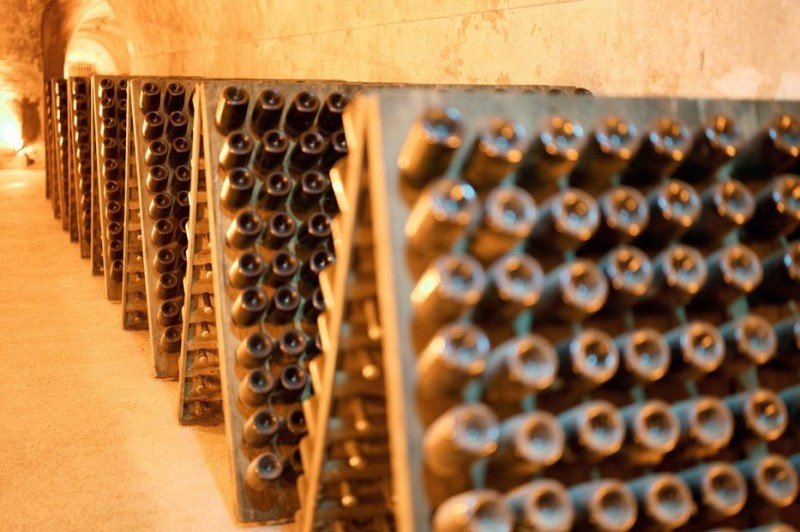
Champagne houses, Cooperatives and Growers to Visit
There are 16,200 winegrowers, 130 cooperatives, and 370 Champagne houses in the Champagne region, which produced 271.4 million bottles of Champagne in 2024. Many of these wineries are open for visits, and a great starting point is Avenue de Champagne in Epernay, home to well-known houses like Moët & Chandon, Perrier-Jouët, and Pol Roger, offering tastings, tours, and bottle purchases. You can also visit Trésors de Champagne, a shop with a wide selection of Champagnes starting at 18 euros per bottle, with some available to try by the glass.
Champagne Houses and Growers to Visit
1. Champagne Pommery
Founded in Reims in 1836, Pommery became famous for creating the first vintage brut Champagne in 1874. Today, it produces around 6 million bottles annually, with 25 million bottles in reserve. Visitors can explore 18 km of Roman cellars, enjoy tastings, and admire annual art exhibitions in its cellars.
2. Champagne Besseraat de Bellefon
Established in 1843 in Epernay, this medium-sized house produces 700,000 bottles a year. Known for using the Meunier grape, its Champagne has finer bubbles and a unique taste. Visitors can shop and stay at the house in one of three suites.
3. Champagne Vincent d’Astrée
Founded in 1956 in Pierry, this cooperative buys grapes from 170 growers. It produces 50,000 bottles annually, offering a variety of vintage and non-vintage options. The winery features a tasting room and a tour of the world’s largest Champagne flute, which requires 160 bottles to fill.
4. Champagne Jacquart
Opened in 1964 in Reims, Champagne Jacquart offers a signature collection of wines aged for at least 3 years, priced between 38 and 130 euros. Visitors can enjoy tastings on a charming terrace, including the exclusive Alpha 2014, released this summer.
5. Christian Muller
A small grower in Mailly Champagne, producing 20,000–25,000 bottles a year, Christian Muller offers 4 different Champagnes. Their new terrace, overlooking the vineyards, provides an idyllic spot for tastings.
Explore these Champagne houses and discover the diverse styles of Champagne, from large houses to small independent growers.
Where to Stay and Eat in Champagne
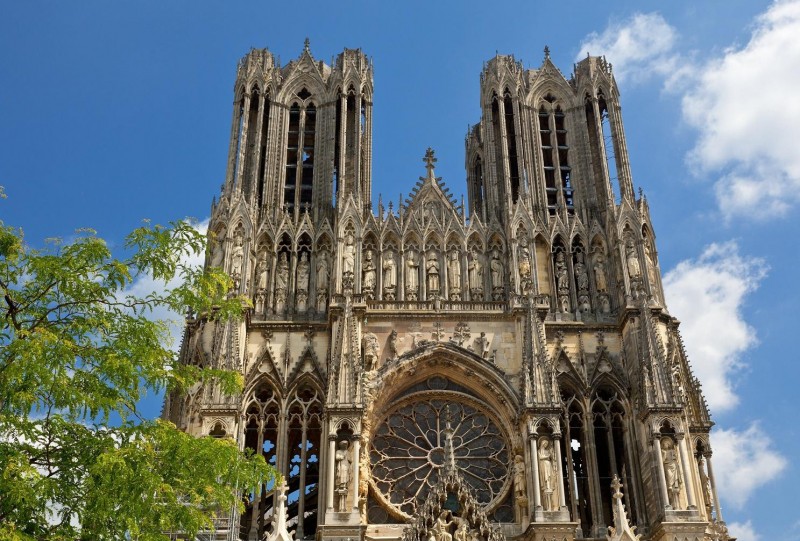
Notre-Dame de Reims, Listed as World Heritage Site by UNESCO
A good base for a visit to the region is Hotel Margaux, a new 4-star property in Epernay with 27 elegant rooms and suites.
Unsurprisingly, visitors are spoiled for choice of excellent restaurants. Table Kobus in Epernay is a fantastic bistro with four prix fixe options with French classics like Foie Gras and duck magret. For an upscale dining experience, La Brasserie Le Jardin is in the beautiful grounds of Le Domaine les Crayeres in Reims. Chef Christophe Moret offers a seasonal, local menu a la carte or prix fixe. And while in Reims, be sure to visit the magnificent Cathédrale de Reims. Rotisserie Henri IV in Ay offers a casual outdoor dining experience with daily specials like roast chicken and various salads.
Top tips for the perfect Champagne serve
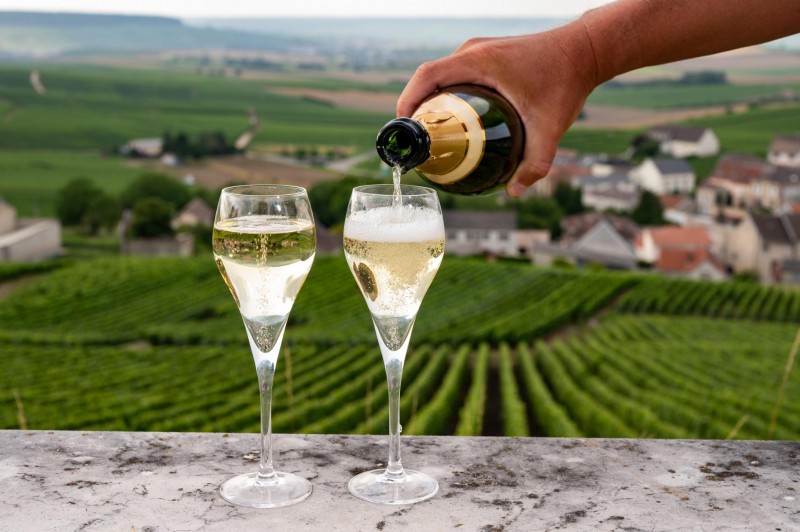
Tasting of brut and demi-sec white champagne sparkling wine from special flute glasses
The recommended serving temperature is between 8 and 10°C. To chill a bottle of Champagne, place in an ice bucket filled half with water and half with ice, 30 minutes before serving. Or chill at the bottom of the fridge a few hours before opening.
When opening a bottle of Champagne, start by removing the wire cage and its foil cap. Keep a firm grip on the cork and be sure not to point the bottle at anyone. Next, still keeping a firm hold on the cork, hold the bottle by the body and rotate it gently, removing the cork from the neck without letting it escape. When serving, do not hold the person’s glass when pouring.
As glamorous as it looks, the coupe is not the best glass for Champagne. Choose a fairly tall and tulip-shaped – bulbous at the bottom glass to give the bubbles enough room to develop but which tapers at the top to fully concentrate the aromas.
